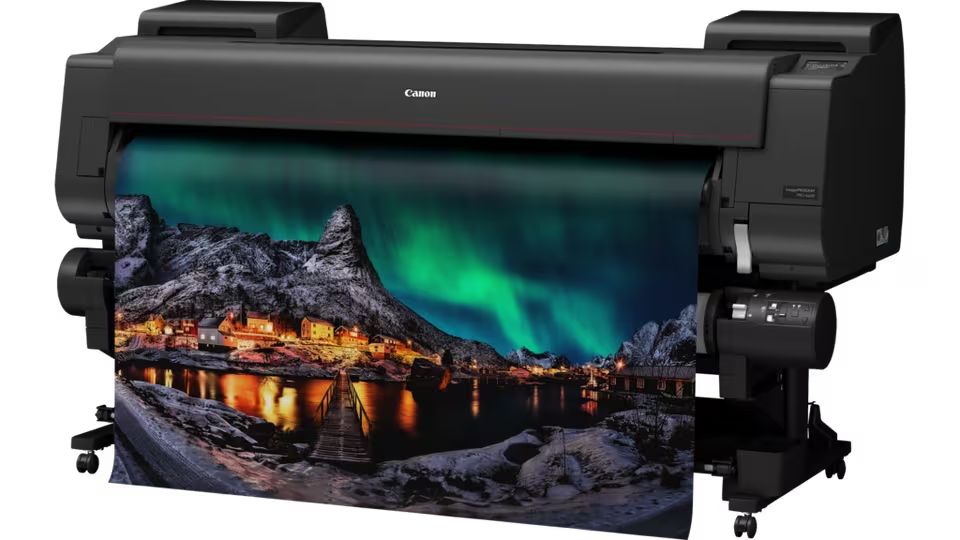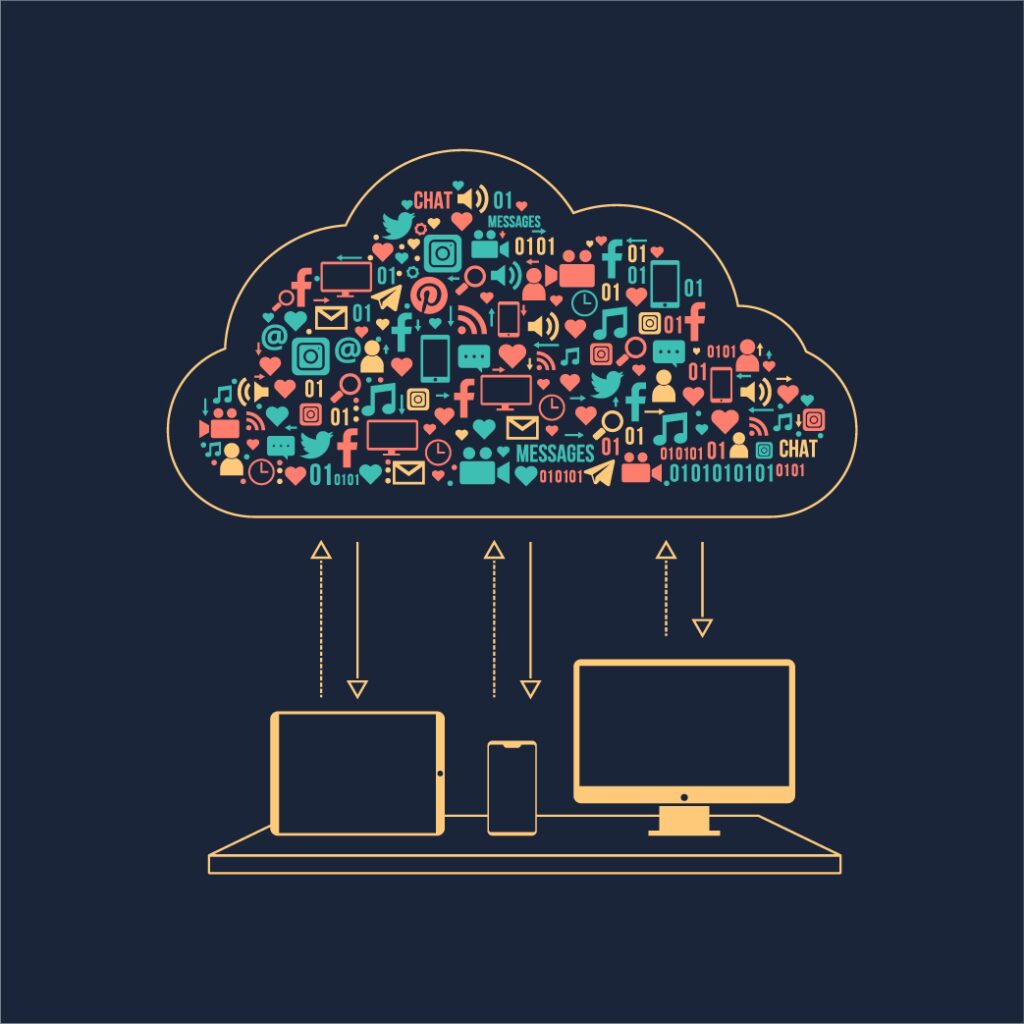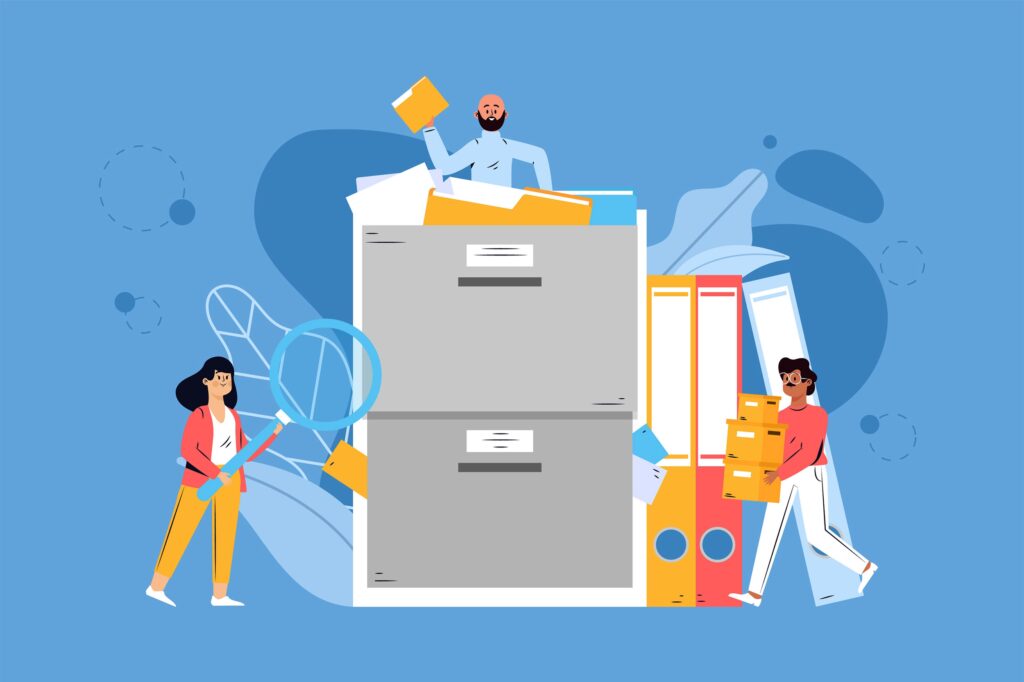
When most people think of printers, they imagine desktop machines printing standard 8.5” x 11” pages. But for many industries—architecture, engineering, construction, marketing, and design—that’s nowhere near enough. That’s where wide format printers come in.
If your business needs to print blueprints, posters, maps, signage, or large graphics, a wide format printer (sometimes called a large format printer or plotter) can save you time, money, and headaches.
In this guide, we’ll break down what wide format printers are, how they work, what they’re used for, and how businesses in Long Island, NYC, and the New York metro area can benefit from investing in one.
What Is a Wide Format Printer?
A wide format printer (or large format printer) is a specialized printing device designed to produce large-scale documents and graphics—typically between 18 and 100 inches wide.
They’re commonly used for:
- Blueprints and schematics
- Posters and banners
- CAD drawings
- Marketing materials
- Technical maps
- Art prints and photography
Unlike standard printers, which feed smaller sheets of paper, wide format printers use large rolls of media—paper, vinyl, canvas, or film—and print using inkjet or toner-based technology for sharp, high-resolution results.
How Does a Wide Format Printer Work?
Wide format printers function similarly to desktop inkjet or laser printers but on a much larger scale:
- Digital File Input
The printer receives a file (PDF, TIFF, CAD, etc.) via USB, network, or cloud connection. - Media Selection
The operator selects a roll or sheet of paper suited for the job—bond paper for blueprints, photo paper for posters, or vinyl for signage. - Precision Printing
The printer’s carriage moves across the width of the media, depositing ink (or toner) in ultra-fine detail. - Drying and Finishing
Prints are either air-dried or heat-fixed, depending on the printer type. Some devices can even cut, fold, or stack prints automatically.
Types of Wide Format Printers
There are two main types, depending on application and output needs:
1. Inkjet Wide Format Printers
Inkjet wide format printers use liquid inks sprayed through microscopic nozzles. They’re ideal for photo-quality graphics, signage, and visual displays.
- Pros: Excellent color depth, versatile media support, smooth gradients
- Cons: Ink can smudge if not dried properly, slower for high-volume plans
Best for: Marketing firms, design studios, retail signage, photography
2. Toner-Based Wide Format Printers (LED or Laser)
These printers use dry toner powder fused to the media with heat and pressure. They’re ideal for technical drawings, blueprints, and CAD documents that require speed and precision.
- Pros: Fast output, smudge-free prints, low operating cost
- Cons: Limited color range, less suited for photographic prints
Best for: Architecture, engineering, construction, government, utilities
What Can You Use a Wide Format Printer For?
Wide format printers are far more versatile than many realize. Here’s how different industries put them to use:
Architecture, Engineering, and Construction (AEC)
AEC firms rely heavily on wide format printers to produce:
- Blueprints
- Floor plans
- Electrical schematics
- Site maps
- Permitting documentation
These documents need to be printed quickly, often on-site or under tight deadlines.
Modern wide format devices from Ricoh and Canon offer high-speed monochrome printing for architectural drawings and color overlay options for annotations.
Example:
A construction firm on Long Island might print daily blueprint updates for multiple subcontractors, saving hours by printing in-house instead of outsourcing.
Marketing and Design Firms
Wide format printers are essential for visual storytelling, producing materials like:
- Posters
- Banners
- Trade show graphics
- Retail window displays
- Wall murals
With today’s pigment-based inks and specialty media, these printers can deliver vivid, durable prints that resist fading indoors and outdoors.
Example:
A marketing agency in NYC might use a Canon imagePROGRAF printer to produce full-color posters for a client’s ad campaign overnight, without relying on a third-party print shop.
Education and Government
Schools and municipal offices frequently use wide format printers for:
- Campus maps and directories
- Wayfinding signage
- Event posters
- GIS or zoning maps
- Safety and compliance notices
In these settings, durability and low operating costs are key—making toner-based wide format models a smart investment.
Manufacturing and Utilities
Industrial and utility sectors use wide format printers to produce:
- Equipment schematics
- Process diagrams
- Safety signage
- Training materials
In fast-moving environments, quick access to accurate technical drawings improves safety and reduces downtime.
Photography and Fine Art
For studios and galleries, wide format printers deliver museum-grade reproductions on canvas, fine art paper, or photo stock. Pigment-based ink systems deliver archival quality, meaning prints can last decades without fading.
Key Benefits of Owning a Wide Format Printer
1. Lower Long-Term Costs
Outsourcing large prints can be expensive—especially for recurring projects. In-house printing cuts per-print costs significantly.
2. Faster Turnaround
AEC firms and design teams benefit from on-demand printing, which keeps projects moving and reduces delays.
3. Greater Control
Adjust color, layout, or media in real-time without relying on a third-party vendor.
4. Professional Quality
Modern wide format printers produce sharper lines, better gradients, and color consistency rivaling commercial print shops.
5. Versatility
Handle everything from construction drawings to full-color marketing materials on the same device.
Cost Breakdown: Wide Format Printers in 2025
Prices vary depending on size, technology, and output volume:
| Type | Typical Price Range | Best For |
| 24” Inkjet | $1,200 – $3,000 | Small offices, photography, posters |
| 36” Inkjet | $3,000 – $6,000 | CAD drawings, signage |
| 36” Toner-Based (LED) | $6,000 – $12,000 | Blueprints, technical plans |
| 44”+ Inkjet | $7,000 – $20,000 | Marketing, art, graphics |
| Production-Level | $20,000+ | High-volume commercial printing |
Operating costs depend on ink/toner consumption, media type, and maintenance cycles.
In general:
- Toner-based printers have lower per-page costs for line drawings.
- Inkjet printers have higher consumable costs, but superior image quality.
What to Look For When Buying a Wide Format Printer
If you’re shopping for your first or next wide format printer, consider:
- Print Speed – Measured in pages per minute or square feet per hour.
- Resolution – The higher the DPI, the better the image detail.
- Media Compatibility – Check supported paper widths, weights, and finishes.
- Color vs. Monochrome – Choose based on your output needs.
- Connectivity – Wi-Fi, Ethernet, and cloud printing make remote access easier.
- Software Integration – Compatibility with CAD, Adobe, or workflow management tools.
- Footprint and Space Requirements – Make sure your office has room for the device and roll feed.
Managed Print Services for Wide Format Devices
For many businesses, especially in the NYC and Long Island markets, managing wide format printers can be challenging—consumables, maintenance, calibration, and usage tracking all add up.
That’s why many organizations opt for Managed Print Services (MPS) through partners like Emerald Document Imaging.
MPS covers:
- Equipment installation and setup
- Ongoing maintenance and repairs
- Supply replenishment (toner, ink, paper)
- Remote monitoring and performance reporting
The result: predictable costs, less downtime, and better productivity.
When to Upgrade
If your current plotter or large-format printer:
- Frequently jams or misaligns
- Prints slowly or inconsistently
- Can’t handle color or new media types
- Lacks modern connectivity (Wi-Fi, cloud, mobile)
…it might be time to upgrade.
Modern Ricoh and Canon wide format printers are more energy-efficient, require less maintenance, and deliver faster output with smarter calibration features.
Wide format printers are indispensable for industries that rely on large, detailed, or visually impactful documents. Whether you’re producing blueprints, signage, marketing displays, or artwork, the right device can dramatically improve productivity and quality.
For businesses in Long Island, NYC, and across the NY metro area, bringing wide format printing in-house offers speed, savings, and control that outsourcing simply can’t match.
Ready to Explore Wide Format Solutions?
Emerald Document Imaging helps local businesses find and maintain the right wide format printers for their needs. Whether you’re in architecture, marketing, or education, our team provides expert guidance, installation, and ongoing support.
Let’s help you find the perfect wide format printer for your business.



